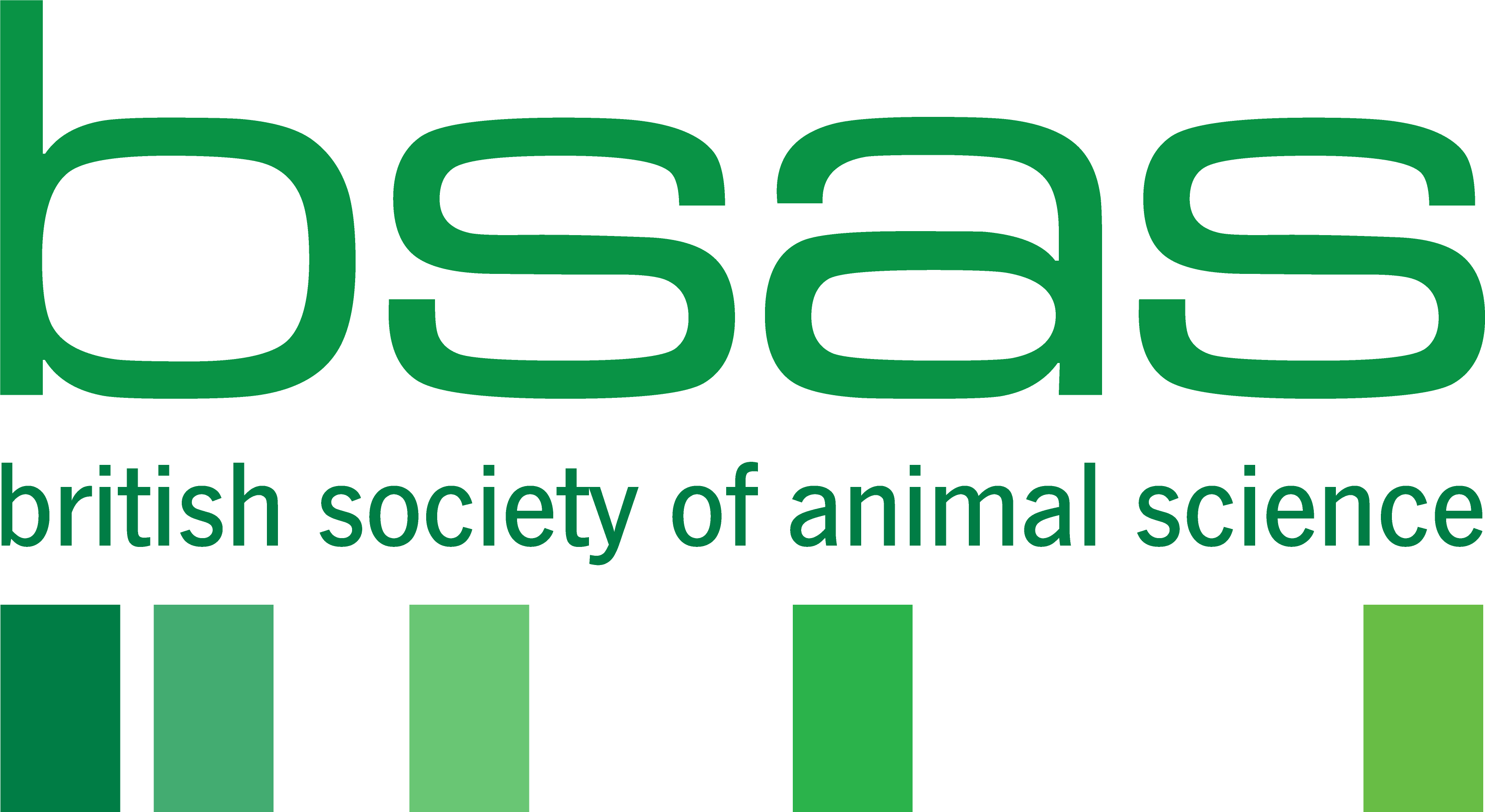Protein digestibility changes with age in pigs during the 4-weeks post weaning.
By Oliver Ashton
Common feed ingredient tables provide protein digestibility values for ingredients, using measurements determined in grower-finisher pigs. Engelsmann et al., in agreement with previous studies demonstrates that in the two weeks post weaning, piglets have a reduced digestive ability for common protein sources. Crude protein levels in diets offered to piglets at this age must be carefully controlled to minimise protein flow into the large intestine, irrespective of protein source.
Diets offered to weaned pigs are usually complex, highly digestible, and meticulously formulated. Protein requires particular attention as undigested protein, which enters the large intestine is used as a food source by microbes and is a risk factor for post-weaning diarrhoea.
Ileal digestibility measures are split into ‘Apparent ID (AID)’ using input minus output, ‘Standardised ID (SID)’ using AID and accounting for basal endogenous losses, and ‘True ID (TID)’ using SID and accounting for ingredient specific endogenous losses. SID is widely used for diet formulation as it is more representative than AID and easier to use and measure than TID. SID coefficients relate to the proportion of a nutrient absorbed. However, diet formulation resources such as NRC 2012, use the same SID coefficient, derived from pigs heavier than 40kg, for all ages of pig which may not be suitable for weaned pigs.
In this study 128 gilts at 28 days of age, weighing 7.0 ± 0.72kg were housed in groups of four. Wheat, soybean meal (SBM), enzyme treated SBM (ESBM), hydrothermally treated rapeseed meal (HRSM) and casein were evaluated as protein sources. The difference method was used to calculate digestibility coefficients with one diet containing only wheat as the protein source and four diets containing wheat and one other protein source. AID values were converted to SID using a basal endogenous losses measurement from two previous studies of pigs at the same age. Some caution when using the results must be exercised due to this prediction of SID from AID. Crystalline AAs (Lys, Met, Trp, and Thr) were supplemented. Wheat diet piglets were provided with the casein diet for 4.5 days a week to maintain health. On days 7, 14, 21 and 28 pigs were provided diets, having been fasted overnight, and one pig per pen was euthanised after 4 hours of feeding. A section of intestine 150cm anterior to the ileocecal junction was removed and the digesta collected.
CP SID coefficients averaged over the experimental period were significantly higher for casein (0.78) and wheat (0.74) than ESBM (0.46), with SBM (0.54) and HRSM (0.53) in the middle. Casein also had the highest essential AA SID coefficient except for arginine. When averaging the protein sources CP SID tended to increase from day 7 to 14 (0.38 vs 0.59, p=0.06), and increased from day 7 to 21 (0.38 vs 0.76, p=0.001), and similarly from day 7 to 28. There were no interactions between diet and day of sampling. SID coefficients also increased over time for both essential and non-essential AAs.
Previous research suggested that newly weaned pigs have an AA SID coefficient 2-12 percentage points lower than those recorded for grower-finisher pigs. This study supports those findings with SID values in the first two weeks post weaning, lower than those reported in feed tables such as NRC 2012. SBM had a 7-day CP SID coefficient at 0.15 suggesting its use should be minimised at this age. However, even casein, thought to be highly digestible, had a low CP SID coefficient in the first two weeks of weaning at 0.50 and 0.79, compared to 0.97 at day 21. Regardless of protein source, crude protein contents must be tightly controlled to minimised protein entering the large intestine.
Summarised from: M.N. Engelsmann, L.D. Jensen, M.E. van der Heide, M.S. Hedemann, T.S. Nielsen, J.V. Nørgaard, Age-dependent development in protein digestibility and intestinal morphology in weaned pigs fed different protein sources, Animal, Volume 16, Issue 1, 2022, 100439, ISSN 1751-7311, https://doi.org/10.1016/j.animal.2021.100439
